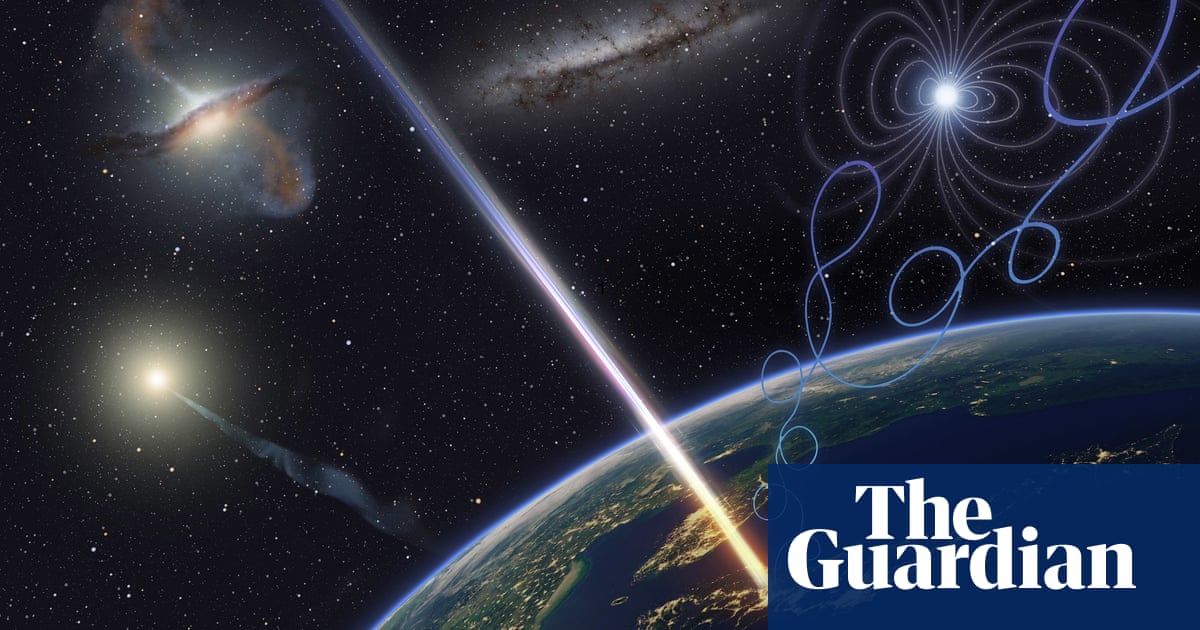“What is happening?” A particle with a very high energy level has been detected descending towards Earth.

A group of scientists have identified a unique and exceptionally powerful particle entering the Earth’s atmosphere, which is perplexing due to its origin from what appears to be an empty area in space.
The particle, named Amaterasu after the sun goddess in Japanese mythology, is one of the highest-energy cosmic rays ever detected.
The emergence of Amaterasu, a powerful cosmic event, is believed to have originated from the Local Void, a vacant region adjacent to the Milky Way galaxy. This phenomenon produces highly energetic particles, surpassing the magnitude of a star’s explosion.
According to Professor John Matthews, co-author of the paper published in the journal Science, when the trajectory of the object is traced back to its origin, there is no high energy source capable of creating it. This perplexing fact raises the question: what exactly is happening?
The Amaterasu particle has an energy of over 240 EeV (exa-electron volts), which is significantly higher than particles created in the Large Hadron Collider, the most advanced accelerator in existence. To put it into perspective, this is equivalent to the energy of a golf ball traveling at 95mph. The only particle with higher energy is the Oh-My-God particle, which was detected in 1991 at 320 EeV.
According to Matthews, objects such as supernovas, which are commonly associated with high energy, do not possess enough energy for this purpose. In order to effectively accelerate particles, large quantities of energy and strong magnetic fields are necessary for containing them.
Osaka Metropolitan University associate professor Toshihiro Fujii stated that upon initially finding the ultra-high-energy cosmic ray, he believed there may have been an error due to its unprecedented energy level not seen in the past 30 years.
One possible source of this amount of energy could be a supermassive black hole located in the center of a different galaxy. In the presence of these enormous objects, matter is broken down to its smallest components, and particles such as protons, electrons, and nuclei are ejected into the universe at speeds close to that of light.
Cosmic rays, echoes of such violent celestial events, rain down on to Earth nearly constantly and can be detected by instruments, such as the Telescope Array observatory in Utah, which found the Amaterasu particle.
Particles with energies below a specific threshold exhibit a flight trajectory similar to a ball in a pinball machine, as they move back and forth in response to electromagnetic fields within the cosmic microwave background. However, particles with extremely high energies, such as Oh-My-God or Amaterasu levels, are likely to travel relatively undisturbed through intergalactic space, allowing scientists to track their source.
If we trace back its path, it leads to a void in space. Likewise, the Oh-My-God particle had no visible origin. Experts propose that this could mean a stronger magnetic force than expected, an unknown source in the Local Void, or a limited understanding of high-energy particles.
Move beyond the advertisement for the newsletter.
after newsletter promotion
“These events seem like they’re coming from completely different places in the sky. It’s not like there’s one mysterious source,” said Prof John Belz of the University of Utah and a co-author of the paper. “It could be defects in the structure of spacetime, colliding cosmic strings. I mean, I’m just spitballing crazy ideas that people are coming up with because there’s not a conventional explanation.”
The Telescope Array is in a prime location for detecting ultra-high-energy cosmic rays. It is situated at an elevation of approximately 1,200m (4,000ft), which is the optimal height for secondary particles to reach their full potential before decaying. Located in Utah’s West Desert, it benefits from two ideal atmospheric conditions. The dry air is crucial as it prevents humidity from absorbing the ultraviolet light needed for detection. Additionally, the region’s dark skies are essential to avoid light pollution that could interfere with and obscure the cosmic rays.
The Telescope Array is currently undergoing an expansion, which astronomers believe will aid in solving the mystery. Upon completion, an additional 500 scintillator detectors will extend the Telescope Array by 2,900 km.2 (1,100 mi2
This region is approximately the same size as Rhode Island and is predicted to encompass more of these severe occurrences.
Source: theguardian.com


